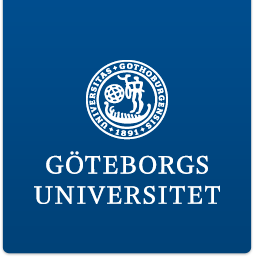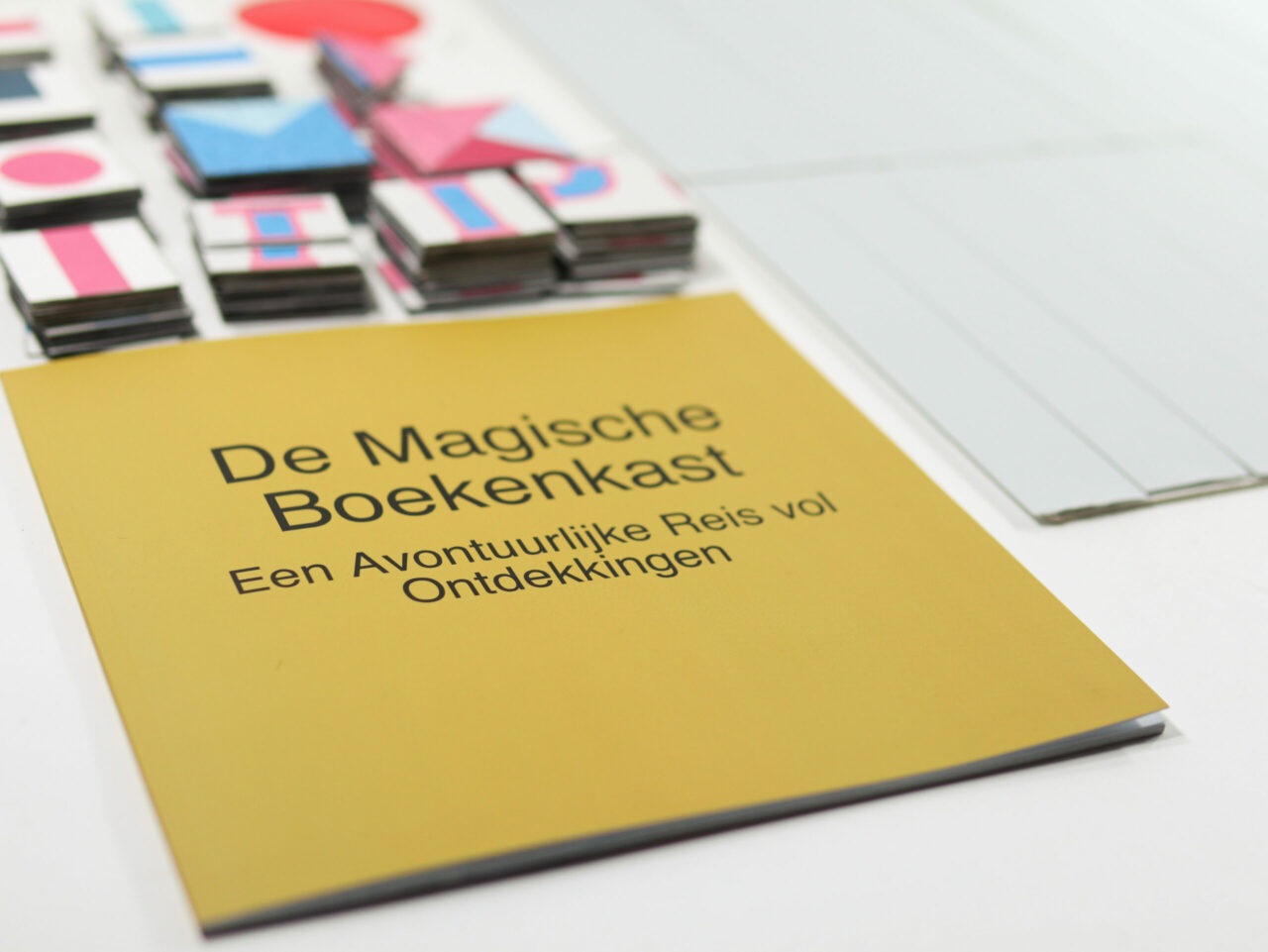A new dyslexic perspective
Den här texten finns bara tillgänglig på engelska.
Do you remember the time you were reading for the first time? It went slow and you had to think about every letter. However, after a short time, it went easy, it became an automatic mechanism in your brain. For me, a dyslexic person, this process went differently. It took me a long time to learn how to read, recognise letters and words due to my dyslexia. This affected my confidence a lot over the years. Especially the experience where my classmates who read faster than me were allowed to read books for our age, which were located in the library in our class. While I had to walk as an eighth-year-old to a class of six-year-olds to get a book from a lower reading level. Looking back at this experience, I realise the impact this has had on my life. I felt ashamed and stupid. Wouldn’t your confidence be affected by an experience like this?
Within our society dyslexia is seen as a disability. Cultural terrains such as mass media are used by dominant groups to perpetuate their views of the world, in this case, this view of dyslexia (Gramsci, 1971). As not many people have dyslexia, we use the media to find those who represent us (Gross, 1998). Others also use these representations to base their treatment towards this group (Dyer, 2002). We also use the presented representations to create our own identity (Freud, 1927). However, when a dyslexic child uses the information given by society and media in their enculturation process, they will see their dyslexia negatively. This can cause problems for the child in their emotions, behaviour and self-esteem. And eventually creates self-stigmatisation (Livingston et al., 2018). This shows the importance of representing dyslexia in a positive view in the media as by doing this negatively the problem of self-stigmatisation occurs.
A new dyslexic perspective takes on a positive approach towards dyslexia and holds the question: “How can transmedia design empower dyslexic children to overcome self-stigmatisation?”. It does not ignore the challenges these children have but also acknowledge the positive potential their dyslexic brain has to offer. These advantages are Material Reasoning, Interconnected Reasoning, Narrative Reasoning, and Dynamic Reasoning. By using a transmedia project, which has the opportunity to let children gather information through different channels, the project aims to empower children with dyslexia to create a positive attitude towards their dyslexia. This is done through the identification process with the main character in the channel of the book. Likewise, it is done through completing different games that tries to stimulate the advantages of the dyslexic brain.
We need to make children’s design that have a positive approach and that translates the message that no matter how your brain works your perspective on things is not lesser than that of others. Let all our different brains explore the world in their own amazing way. This will provide happier and more confident people who will bring new perspectives towards our world.





